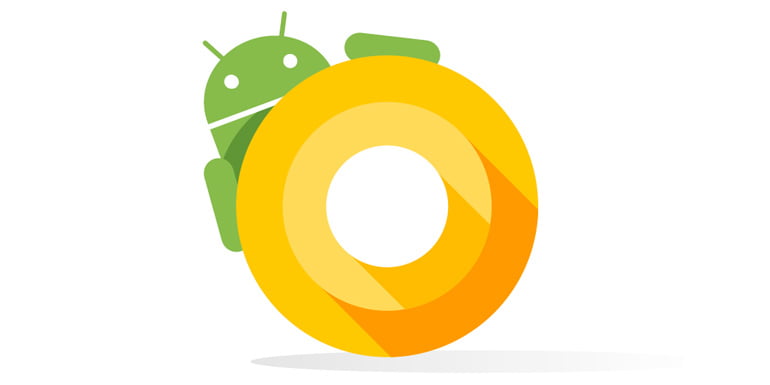Here we are, the next iteration of Android up for development. Google has taken the wrap of next version of its mobile operating system – Android O. Well we may need to wait couple more months to actually know the full name of ‘O’. Also, you need to wait more than a year for mobile vendors to push the new OS to your Android device (except Nexus and Pixel devices).

What’s new with Android O
With Android O, Google will be bringing a number of new features and APIs. Here is a simple breakdown of some key features.
- Background limits – With an aim to improve user’s battery life and the device’s interactive performance, Android O will put limits on what apps can do in the background.
- Notification channels – new app-defined categories for notification content. Developers can give users fine-grained control over different kinds of notifications they provide through apps. Whereas users get more control over the behaviour of each channel individually, rather than managing all of the app’s notifications together.
- Autofill APIs – autofill apps like password managers get an OS-level integration to store and secure your data.
- Picture in Picture (PIP) video is coming to smartphones and tablets. It allows you to continue watching a video while you’re answering a chat or booking a car. Apps can put themselves in PiP mode from the resumed or a pausing state where the system supports it. You can also specify the aspect ratio and a set of custom interactions (such as play/pause).
- Font resources in XML – Fonts are now a fully supported resource type in Android O allowing apps to use fonts in its layouts.
- Android O supports high-quality Bluetooth audio codecs like LDAC codec.
- Wi-Fi Aware – if your device got the appropriate hardware then apps and nearby devices can discover and communicate over Wi-Fi without an Internet access point.
- Developers can display their apps in wide colour gamut modes like AdobeRGB, Pro Photo RGB, and DCI-P3.
- AAudio API for Pro Audio – a new native API designed specifically for apps that require high-performance, low-latency audio.
- WebView enhancements – a new multiprocess mode that moves the handling of web content into an isolated process. This enhances security and improved app stability.
Start working on Android O
If you are an Android developer, you can start flashing the new Android O. Google has released developer preview (out here) of Android O which also includes an updated SDK with system images. Currently supported devices include Nexus 5X, Nexus 6P, Nexus Player, Pixel, Pixel XL and Pixel C. For Nexus 6 and Nexus 9 it seems to be the end-of-life.
The Android O Developer Preview is for developers only and not intended for daily or consumer use. So don’t try to flash it if you don’t know how to tackle the bugs and issues.


